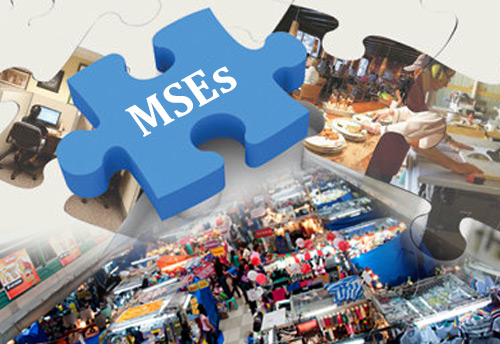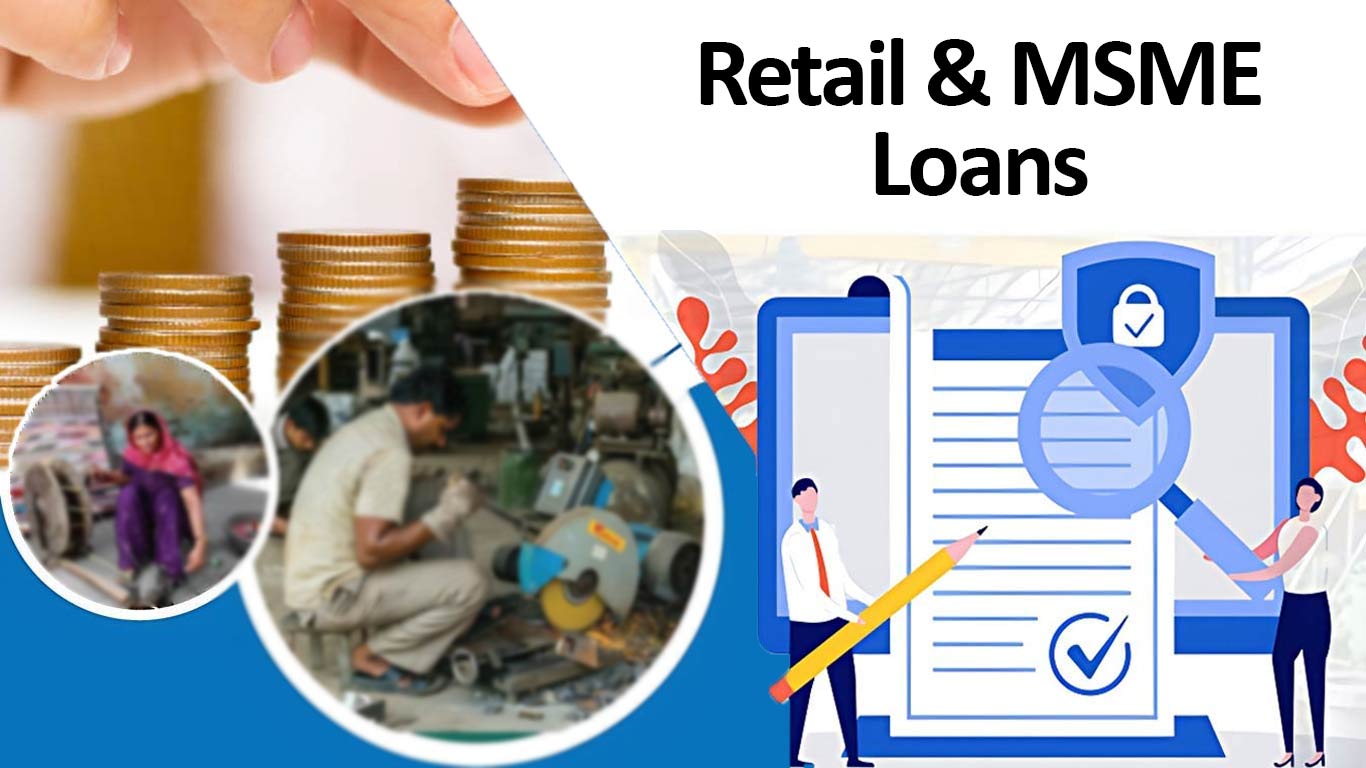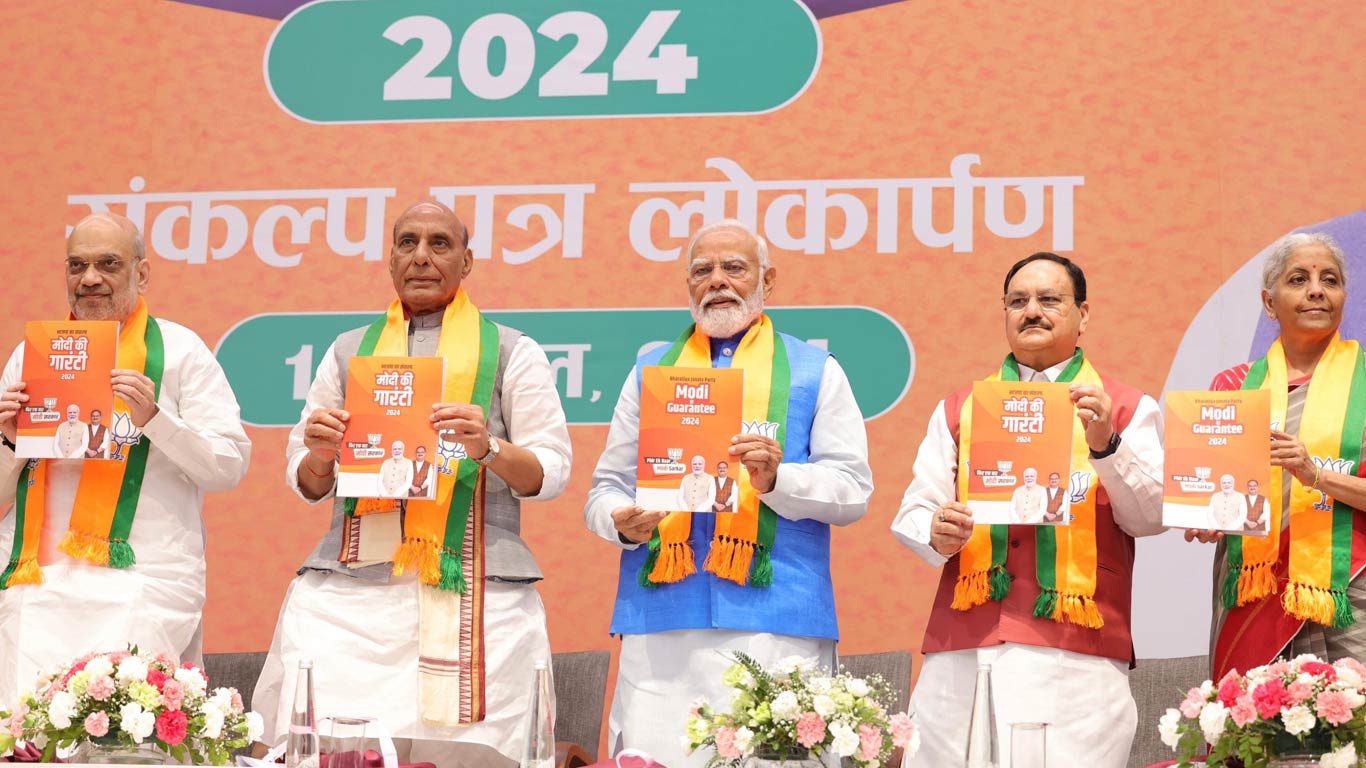Enable MSEs breath fresh air
Updated: Feb 06, 2019 06:08:43am

Enable MSEs breath fresh air
B. Yerram Raju*
Hyderabad, Feb 6 (KNN) Banks want to revive. Large industry wants to revive. Firms like Jet Airways, Zee, Essar Steel and the big are given breather by the Banks and they are all NPAs for more than a year. Reserve Bank of India (RBI) also encourages banks to come out of the red. But when it comes to the micro and small enterprises (MSE) who have been vendors to the large firms and part of the supply chain, Banks almost shut the doors.
Interesting backdrop emerges from the latest Financial Stability Report. Discussing the sectoral deployment of Gross Bank Credit, exposure to industry sector expanded by 2.3% in Q2 FY19 as compared a meagre 0.7% in Q4 FY18. Large industry gained the most with almost 3% increase in exposure in the most recent quarter, as compared to 0.8% recorded in March 2018.
The manufacturing MSME segment on the other hand languished further as it experienced a negative growth of (-) 1.4% in September as compared to nearly 1% credit expansion recorded in March. Banks continued to be risk averse as much of credit increase occurred in working capital segment and not term loan segment.
Banks are no less to blame than the MSEs for their ills. Many MSE projects have been financed without consideration of the total costs of the project in most cases that came to our notice, that includes machinery installation costs, rates and taxes including GST, loading and unloading charges, transit insurance costs and other connected expenses. Trial run for commercial production that should be part of pre-operative costs is also not included in the total project cost. In addition, interest during the construction period is also debited to the working capital account opened simultaneously with the Term Loan account while such working capital account should be opened only from the date of commercial operations. Consequently, even by the time the unit starts commercial production, the unit becomes sick.
Moratorium should start from the date of release of last installment whereas most banks are starting from the date of first installment. Sometimes, project implementation delays like delay in release of successive term loan instalments, receipt of imported machinery and its erection etc., would result in time overruns and cost overruns besides repayment starting well before commercial production. This practice leads to inadequate financing of the enterprise and this is another contributory factor for sickness of the enterprise.
RBI’s Master Directions dated March 17, 2016 on Revival and Restructuring suggest that each Bank appoint Zonal Committee to consider revival. Corrective Action was to be initiated for Special Mention Accounts – SMA within certain time frame: SMA-0 to be provided corrective action. SMA-1 to go for restructuring and SMA-2 for recovery. Zonal Committees were not formed; even where formed, there is no record as to how many have been revived following the Directives. Though RBI Empowered Committee meets every quarter no reliable data on the revival of manufacturing MSEs was available. RBI’s instructions on manufacturing micro and small enterprise revival seem glossy.
Yielding to the pressure of MSME Ministry, RBI on January 1, 2019, i.e., after a lapse of two years and over since the Master Directions, new directions for restructuring were issued. This circular clearly says that the standard assets SMA-0,1,2 need to be restructured and the exercise should be completed by March 2020 for loans up to Rs.25cr. There is an overdrive among banks now to restructure the SMA accounts. This is certainly a very efficient NPA-preventive tool if effectively implemented.
Neither the RBI nor the Banks consider ‘a known devil is better than an unknown angel’. Some unknown angels are fast turning into unknown devils as well.
The major issues in revival are: NPAs for revival require fresh margins from the beleaguered enterprise; provisioning continues at the same level even after revival; Banks do not have time to have dialogue with the entrepreneur when the unit develops symptoms of sickness; long drawn illness turns into a potential cancer turning the unit unviable. Weeding out willful defaulters is possible even in the first quarter of default during which time banks invariably tolerate.
It is intriguing that the units closed for six months due to failure to pay up electricity dues remain active in banks’ books of accounts. Good number of them has the potential to revive unless they willfully defaulted. During the first 3months of such non-payment of electricity dues proper diagnostics would help the revival.
--- 1. All NPA-MSMEs in manufacturing sector up to Rs.1cr due for consideration for revival even though the banker may take a different view, should be referred to an external accredited institution (EAI):
-- a. Such accreditation could be given for an independent organization like the Industrial Health Clinic wherever set up or to a Committee set up by the State Government involving bank representatives that should include MSME-DI. The Committee should also hear the entrepreneur.
--- 2. Above Rs.1cr but up to Rs.25cr, such consideration for revival shall be referred to a Committee of the Bank at the appropriate level that should include ‘MSME Expert’, MSME-DI representative, and a State Government representative in order that interests of sovereign dues is taken due notice of and equitable attention is devoted for their recovery as part of revival package. The committee before taking any decision should hear the view point of the entrepreneur, Revival Policy of the state government and record the same in the minutes for considering or otherwise duly giving valid reasons thereof.
--- 3. All such revival package shall consider the following financial facilitation:
--- a. Freezing the status of the classification of asset on the date of reference to the external institution or the Committee of the Bank for one year or till the date of rejection.
--- b. Reversal of penal interest and other penal charges;
--- c. Charging simple interest at MCLR from the date of reference for one year;
--- d. Fees/Charges levied by the EAI including IHCs should be borne by the GoI through a special fund set up for the purpose;
--- e. Bank should share ‘pari pasu’ charge on the borrower’s assets for any external funding towards borrower’s margin including such funding by the IHCs;
--- f. Additional funding where required, should be charged at MCLR by the involved agencies.
Such guidelines should be applicable to all the Banks, NBFCs, SIDBI and SFCs. ‘Behind every small enterprise, there is a story worth knowing.’
The author is economist and risk management specialist. The views are personal.











